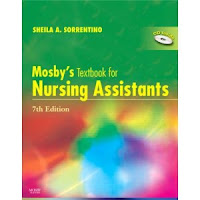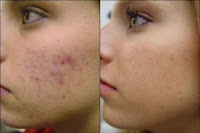
Handbook of Nursing Diagnosis
Lynda Juall Carpenito RN MSN CRNP (Author)
Book Description
The ideal quick reference, this handbook offers practical guidance on nursing diagnoses and associated care. Sections cover Nursing Diagnoses, Health Promotion/Wellness Nursing Diagnoses, and Diagnostic Clusters—medical conditions with relevant collaborative problems and nursing diagnoses.
NEW! The newest nursing diagnoses approved by NANDA International for 2012–2014 are included in this edition.
NEW! Free eBook available on thePoint.
NEW! New resources such as medical and surgical care plans
Lynda Juall Carpenito RN MSN CRNP (Author)
Book Description
The ideal quick reference, this handbook offers practical guidance on nursing diagnoses and associated care. Sections cover Nursing Diagnoses, Health Promotion/Wellness Nursing Diagnoses, and Diagnostic Clusters—medical conditions with relevant collaborative problems and nursing diagnoses.
NEW! The newest nursing diagnoses approved by NANDA International for 2012–2014 are included in this edition.
NEW! Free eBook available on thePoint.
NEW! New resources such as medical and surgical care plans





































